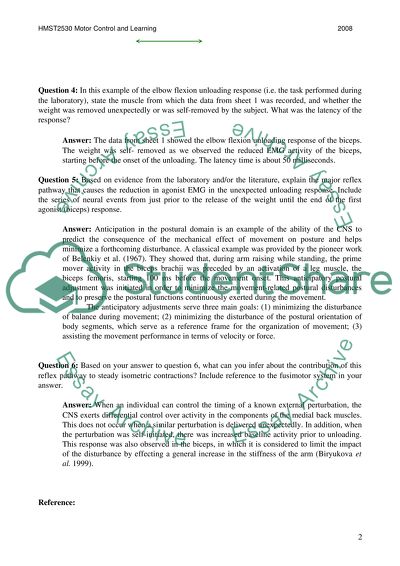Laboratory Report Essay Example | Topics and Well Written Essays - 500 words. Retrieved from https://studentshare.org/miscellaneous/1530188-laboratory-report
Laboratory Report Essay Example | Topics and Well Written Essays - 500 Words. https://studentshare.org/miscellaneous/1530188-laboratory-report.


